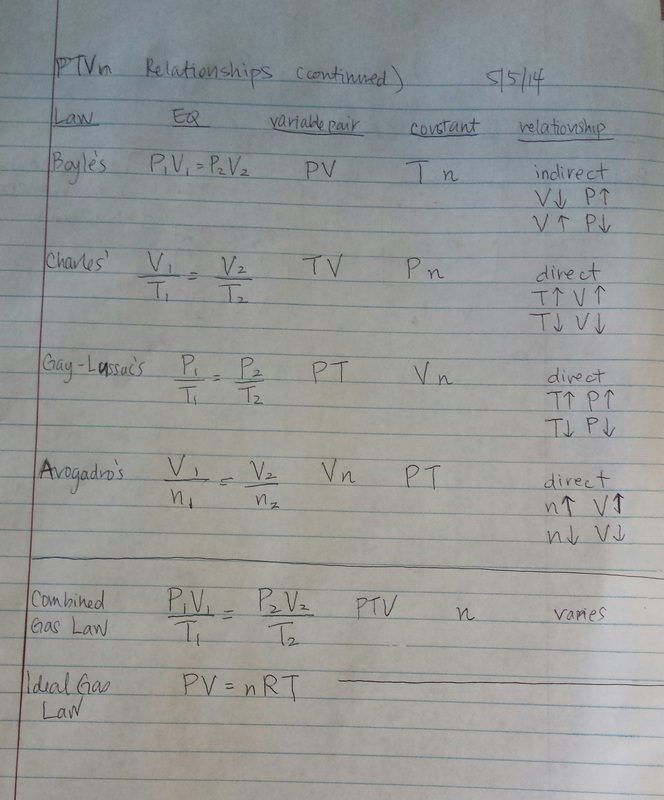

Nate Wright, all-time record holder for detentions in school history, approaches sports with swagger, from fine-tuning his trash talk on the basketball court to his attitude on the soccer field.
Athlete vs mathlete questions series#
Big Nate: game on! (#9 in series – graphic novel). More fiction books about basketball (Subject appeal): Then a boy named Hoot–who is not her boyfriend!–moves in next door and turns her world upside down and right-side up. The only things keeping her afloat are dive practice with her dad and a top-secret Olympic dream. No doubt about it, Callie Boone’s summer is crummy. Runaway ferrets, former BFF drama-trauma, and one gigantic (and very, very public) belly flop. Owen wins the last spot at the local basketball camp, leaving his twin Russ to join the “Multi-Sport Sampler” camp, but while Russ is inspired to study various sports and make sense of them, Owen is frustrated by not being the star. mathlete: time-out (#3 in series, published July 1, 2014). Fraternal twins Russ and Owen’s domination of the seventh-grade basketball team falters when Mitch and Marcus Matthews, identical twins, arrive and prove their skill on the court and in the classroom. Read the first chapter up to the page divider on page 9. Physical games and activities for groups:īasketball fun facts (would make good “brawn” questions): Lots of examples of games to develop thinking skills: Jeopardy game with brain and brawn questions: Note “Practice problems” and “Classroom activities” links on the left-hand sidebar of the homepage: Odyssey of the Mind program (Similar to Masters of the Mind in the book). (A few links to ideas for this are listed below.) Have an “Athlete Mathlete” day: Students dress up as either an athlete or a mathlete (or some combination of the two) and compete in “brawn and brain” activities.

Ask students which cover and which title they like best for the sequel and why. Suggested activity: Show both covers with both titles. Mathlete #2 in series have different covers and titles in U. Some ideas for curriculum related to the book:Ĭovers and titles for Athlete vs.

Mack):ĭifferences between girls and boys basketball: Mathlete (PDF) RELATED ACTIVITIES & RESOURCES Thus, the displacement of the athlete is 200 m Therefore, the distance covered by the athlete to complete a circular track of a diameter 200 m at the end of 2 min 20 seconds is 2200 m and the displacement is 200 m.Scroll down to find Related Activities & Resources, Book Talk Teasers, Read Alikes, and Book Reviews. Length of AB = Diameter of the circle = 200 m Thus, the displacement will be equal to the length of the line segment AB. Let the athlete start from point A and reach point B after 140 seconds. Now, to calculate the displacement let's observe the following diagram. Thus, the distance covered by the athlete is = 2200 m Thus, the circumference of the circular track = 2 × 22/7 × 100ĭistance traveled in 140 seconds = Number of rounds covered × Circumference of the track Number of rounds covered by the athlete = Total time / Time taken to complete one roundĭistance covered in 1 round = Circumference of the circular track Time taken by the athlete to complete one round of circular track = 40 seconds Given : Diameter of circular track = 200 m Answer: The distance covered by the athlete is 2200 m and the displacement at the end of 2 min 20s is 200 m. Displacement is defined as the shortest distance between two points. What will be the distance covered and the displacement at the end of 2 min 20s?ĭistance is defined as a complete path traveled by an object. An athlete completes one round of a circular track of a diameter of 200 m in 40 s.


 0 kommentar(er)
0 kommentar(er)
